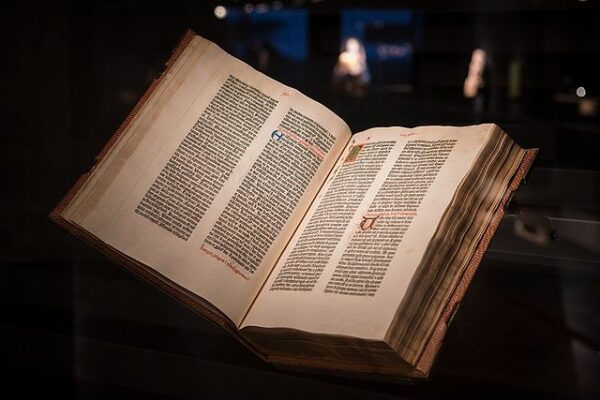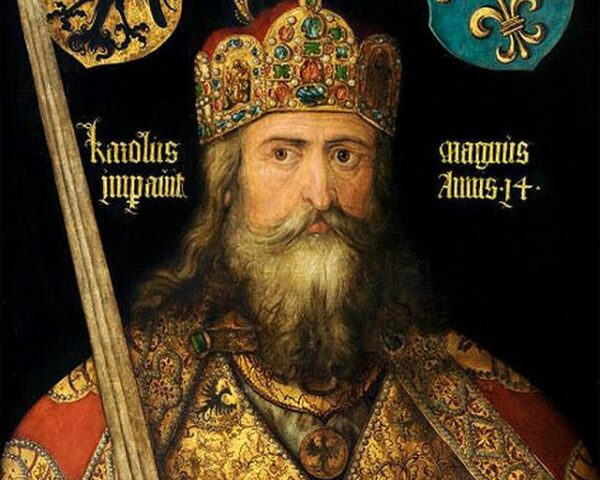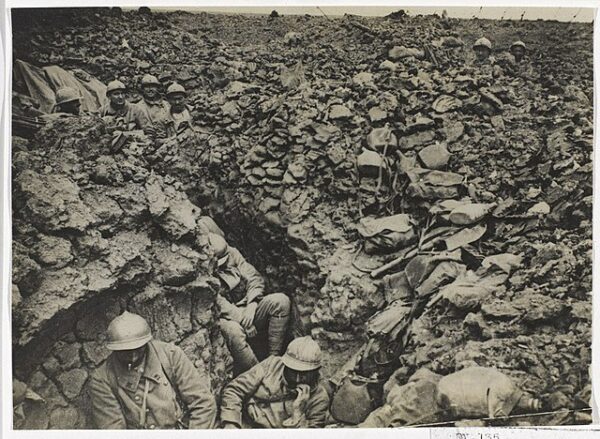On February 23, 1455, the world of reading, and religion, changed forever when Johannes Gutenberg printed his first book–the Bible. This seminal work marked the advent of movable-type printing in Europe, revolutionizing the dissemination of knowledge and laying the foundation for the modern book industry.
Gutenberg, a German inventor and printer, utilized an innovative technique that involved casting individual metal letters, or movable type, which could be rearranged and reused for various pages. This departure from traditional hand-copying methods allowed for the mass production of books, making them more accessible to a broader audience.
The publication of Gutenberg’s Bible began in Mainz, Germany, where he established his printing press. The process was labor-intensive and meticulous, with Gutenberg overseeing each stage, from the creation of the metal type to the actual printing. The Bible, known as the 42-line Bible due to the number of lines per page, was meticulously crafted with exquisite craftsmanship.
The completion of Gutenberg’s Bible was a watershed moment, as it marked the first time a substantial book had been produced using movable type. The impact was profound, with the printing press offering unprecedented possibilities for reproducing texts quickly and accurately. Prior to this, books were copied by hand, a time-consuming and expensive endeavor that limited their availability.
Gutenberg’s Bible was not only a technological marvel but also a work of art. The typography, layout, and overall design showcased a level of sophistication that elevated the printed word to new heights. The use of black ink on white paper enhanced readability, and the attention to detail demonstrated Gutenberg’s commitment to producing a high-quality product.
Despite the technological advancements, the production of Gutenberg’s Bible was not without challenges. The sheer scale of the project demanded substantial resources, and Gutenberg faced financial difficulties. Additionally, the initial reception of the printed Bible varied, with some praising the innovation while others clung to the traditional method of manuscript copying.
Over time, however, the significance of Gutenberg’s Bible became increasingly evident. The printing press paved the way for the dissemination of knowledge, enabling the widespread distribution of religious texts, scientific works, and literature. The democratization of information fundamentally altered the cultural and intellectual landscape of Europe and beyond.
Today, Gutenberg’s Bible is revered as a symbol of the printing revolution. Despite the relatively small number of surviving copies – around 48 known to exist – its impact is immeasurable. The Gutenberg Bible laid the groundwork for the proliferation of printed material, shaping the future of publishing and contributing to the spread of ideas that would shape the course of history.






